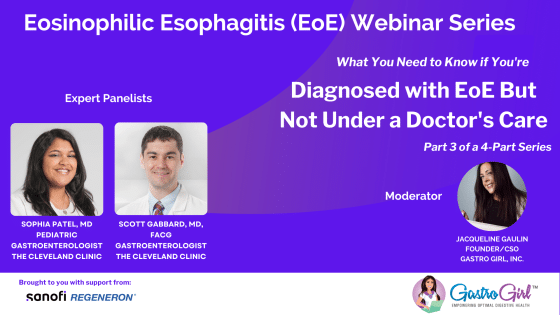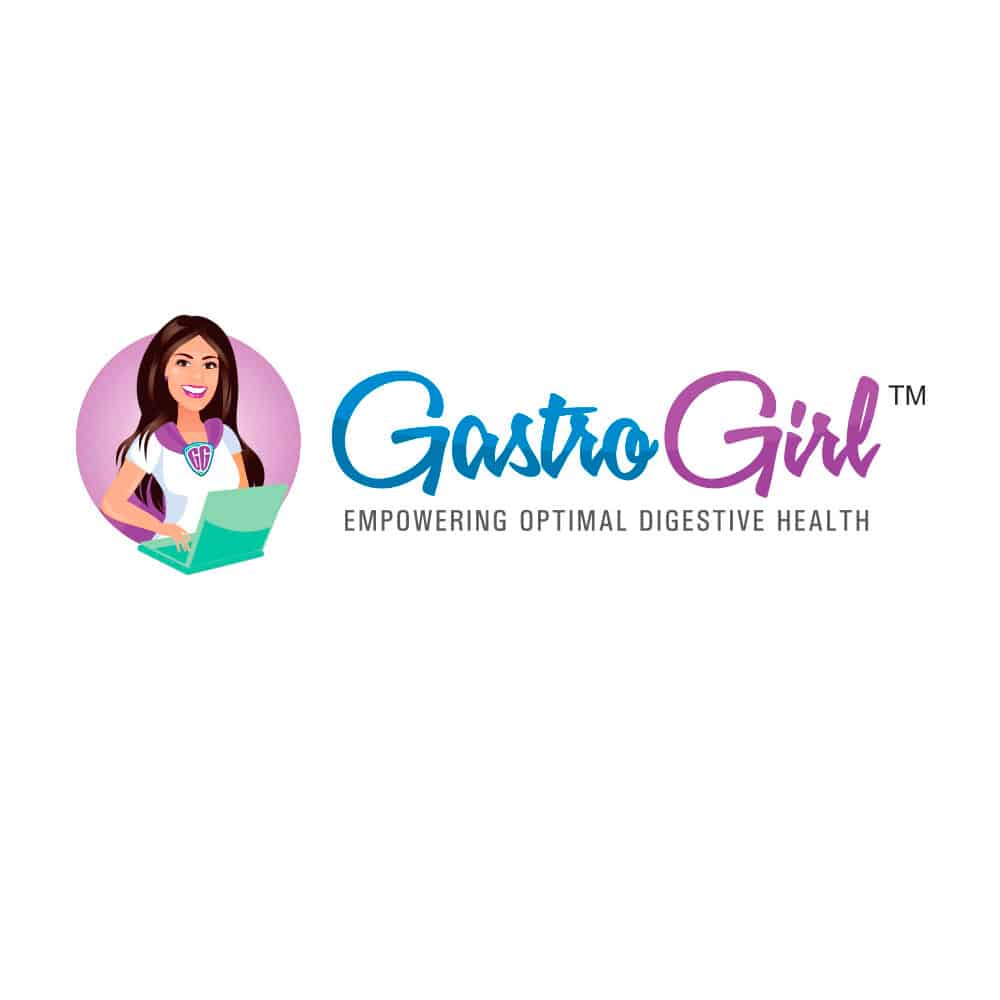Admission Trends for Food Impaction and Foreign Body Associated With Eosinophilic Esophagitis
Abstract
INTRODUCTION:
The prevalence of eosinophilic esophagitis (EoE) is estimated to be 0.5-1 in 1000 and is increasing across the United States. New cases of EoE are being diagnosed, in part due to increased awareness of the disease. Recent epidemiological studies have demonstrated that the natural course of EoE is a progressive transformation from an inflammatory to a complicated fibrostenotic disease. Increased prevalence has driven sentiment for an evidence-based management algorithm for EoE. We identified trends in hospital admissions for complicated EoE demonstrated by food impactions/foreign bodies (FI/FB) and highlight gaps in the current management.
METHODS:
This is a retrospective cohort study using the 2011-2014 Nationwide Inpatient Sample (NIS) utilizing International Classification of Diseases, 9th Revision. Study included all patients above age 18 with principal or secondary discharge diagnoses of FI/FB. Primary outcomes were trends of the FI/FB cohort with associated diagnoses of EoE. Secondary outcomes included length of stay (LOS). Proportions were compared using fisher’s exact test and continuous variables using student t-test. Multivariable and Poisson regression was performed for LOS and hospitalization charges.
RESULTS:
From 2011 to 2014, the number of FI/FB admissions analyzed were 11,041, 10,730, 10,460, and 9,925, respectively. EoE was a principle diagnosis in 73.2%, 86.4%, 86.8% and 92.6% of these admissions, respectively. The average LOS for FI/FB admissions for patients without EoE (no EoE FI/FB) was 4.11 days; average LOS for FI/FB admissions for patients with EoE (EoE FI/FB) was 0.95 days (P < 0.001). Mean age of EoE FI/FB was 30.23 years vs 55.32 years in no EoE FI/FB (P < 0.001). 90.02% of EoE FI/FB were Caucasian, 3.66% African American and 4.48% Hispanic, compared to 71.78% Caucasian, 11.47% African American, and 11.08% Hispanic in no EoE FI/FB. 3.33% of EoE FI/FB underwent EGD with biopsies compared to 0.64% of no EoE FI/FB (P = 0.0002). Cost of admission for EoE FI/FB was $16,606.80 vs $38,282.34 in no EoE FI/FB (P < 0.001).
CONCLUSION:
EoE is the most common underlying etiology in cases of food impaction. This study suggests that progressive, complicated EoE is also growing in incidence. Increased admissions rates, low LOS and low numbers of patients undergoing EGD with biopsies suggests that EoE is not being appropriately surveilled nor directly addressed with patients in terms of highlighting its long-term complications and importance of implementing a management strategy.
Senatore, Frank MD1; Bhurwal, Abhishek MD1; Brant, Steven MD1
Listen to our
latest Podcast!







